A wardrobe chest (Kwanbok-Jang or Uigori-Jang) has much larger doors than any other type of Jang.
This type of wardrobe illustrates the end of the “Hermit Kingdom,” as Korea was known for its isolation. Towards the end of the 19th century and the emergence of economic industrialization, Korea opened its borders, and some Western influence emerged in the country, even affecting furniture design.
It is composed of two compartments within a single frame but occasionally may be constructed in two pieces and has a stand for raising it above the heated floor. It is among the tallest chests among Korean furniture.
The lower compartment was used to store folded clothing, while the upper compartment was for hanging clothes.
These types of large chests were developed during the later period of the Joseon dynasty, in the late 19th and early 20th centuries.
A study of photographic documents reveals that Uigori Jang first appeared in the 19th century. They were dark in color, without decoration, and had a limited number of hinges. The Uigori Jang was initially made to store official clothes and therefore belonged to the upper class.
At the beginning of the 20th century, the pieces were larger and more ornate, with the addition of metal parts or mother-of-pearl inlays. The top floor also featured two large mirrors.
Due to their large size, they were often made of paulownia wood for two reasons: its light weight and insect-repellent properties. Some would have incised motifs or Chinese characters on their front doors.
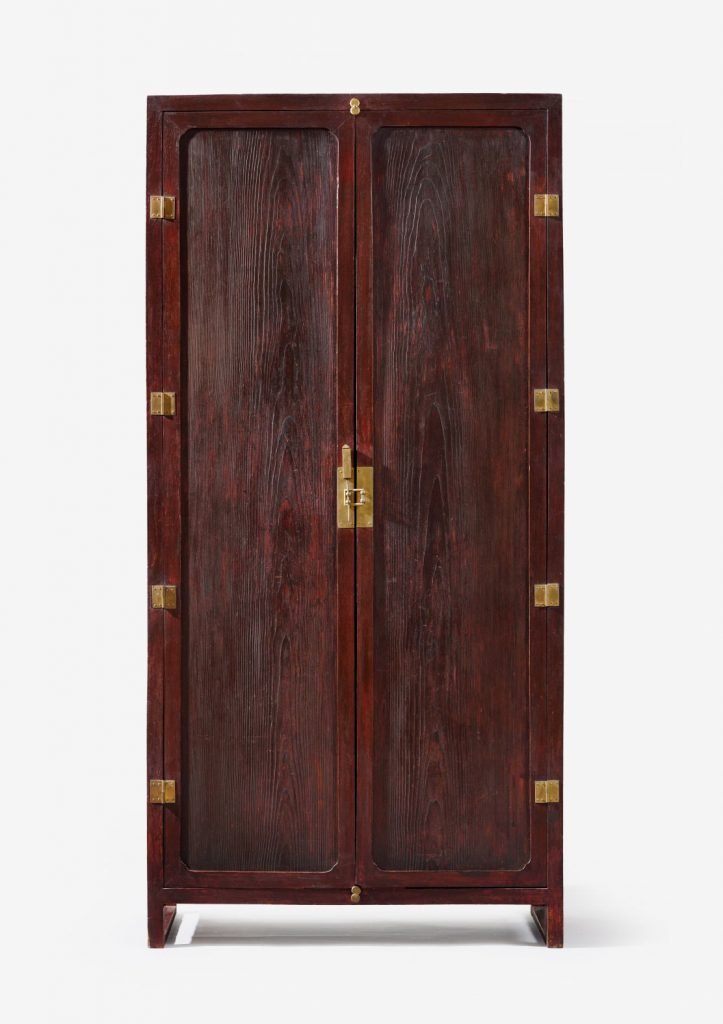
Large wardrobe in one section with two long doors. Yellow brass fittings. 20th century.
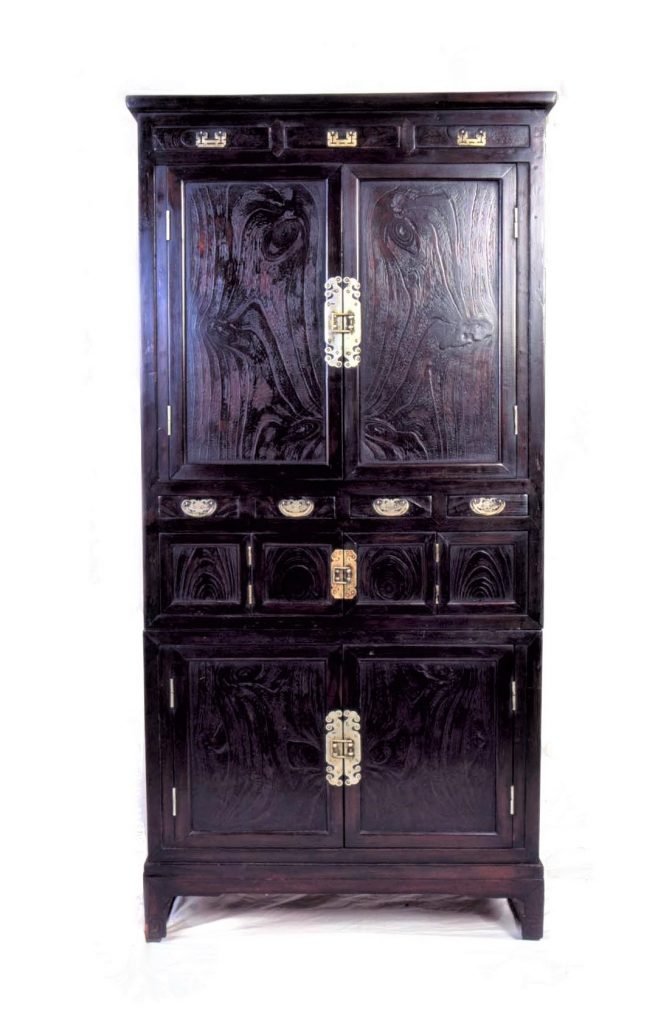
Pine & paulownia wood, white brass fittings. This chest is built in 2 sections and has a combination of doors and doors of different dimension.
H. 184cm, W. 86cm, D. 43cm. Early 20th Century
Gyeonggi province, Korea. Collection: “ANTIKASIA“
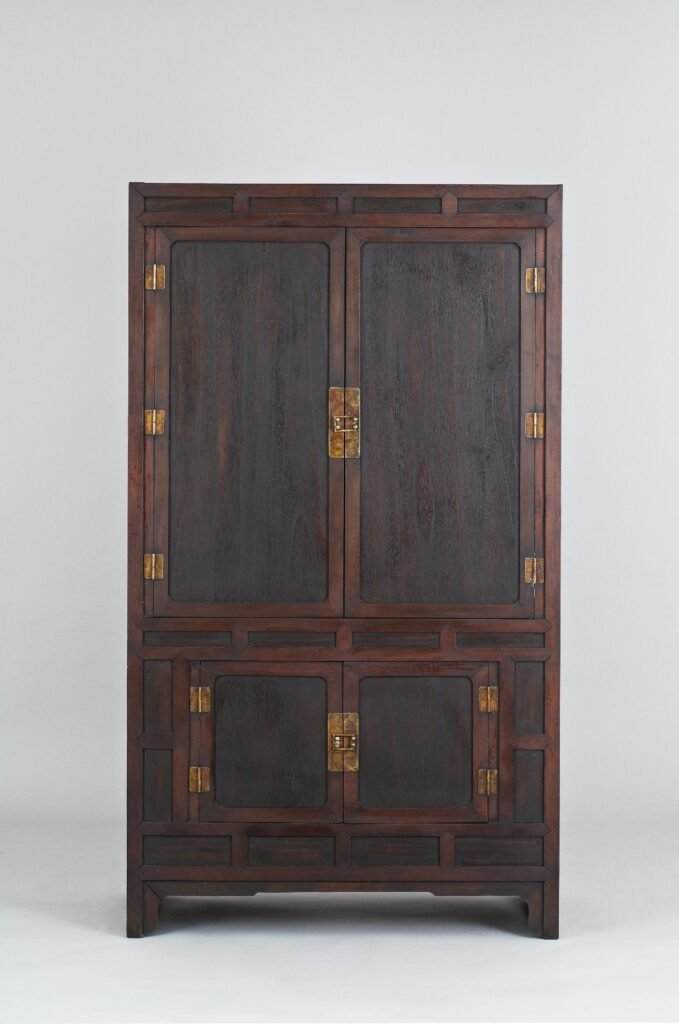
Collection: Kyungwoon Museum, Gyeonggi Do.
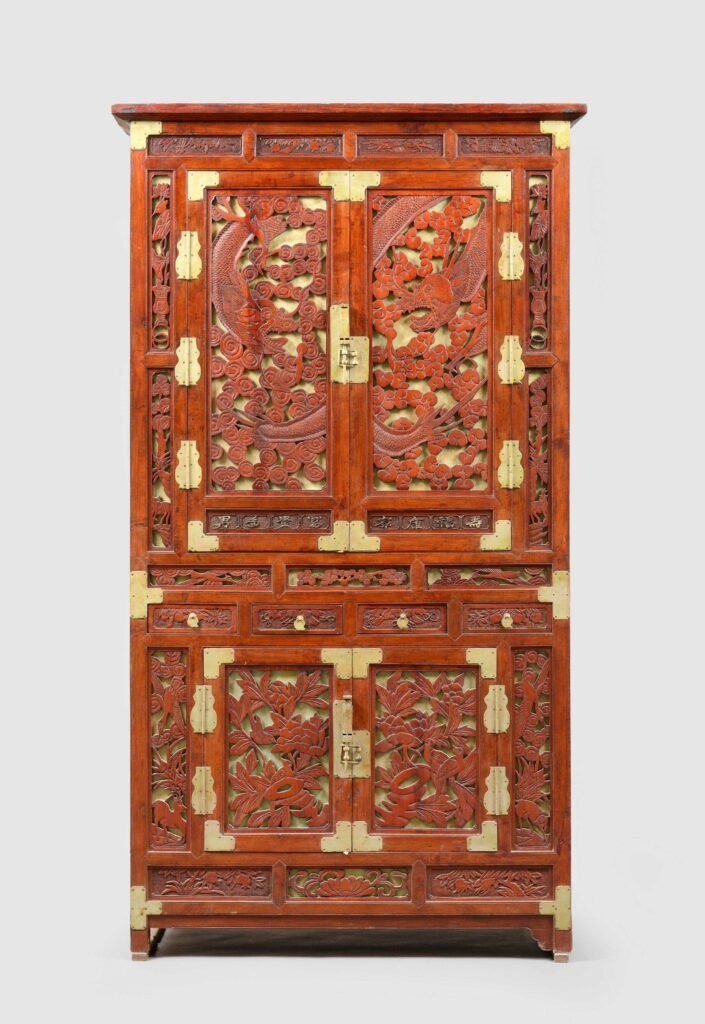
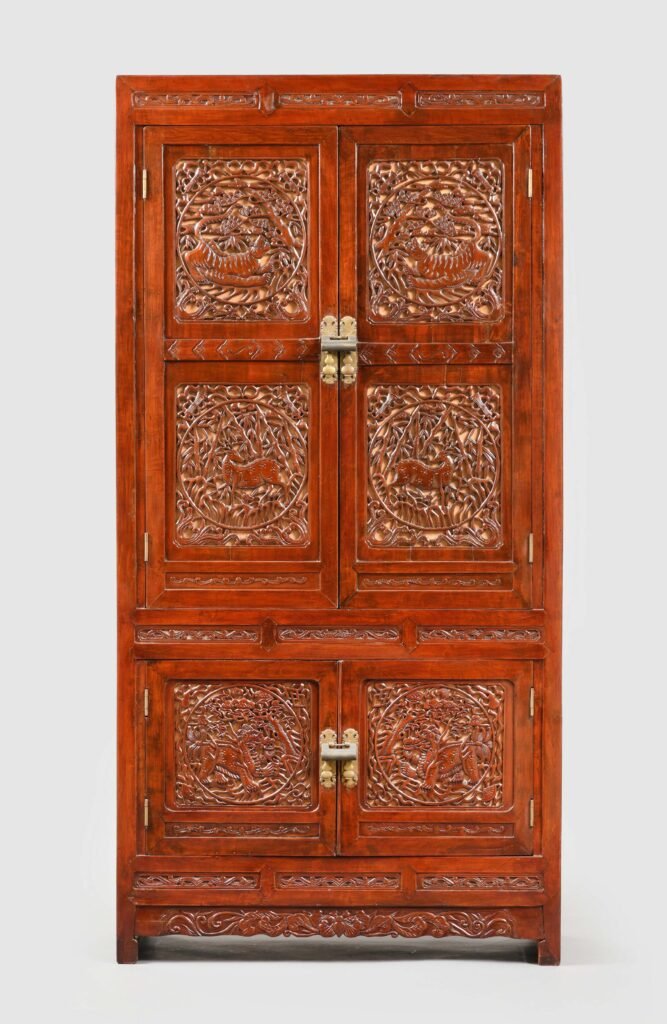
H. 161cm, W. 80,5cm, D. 36,5cm. Date 20th century.
Collection: National Folk Museum, Seoul.
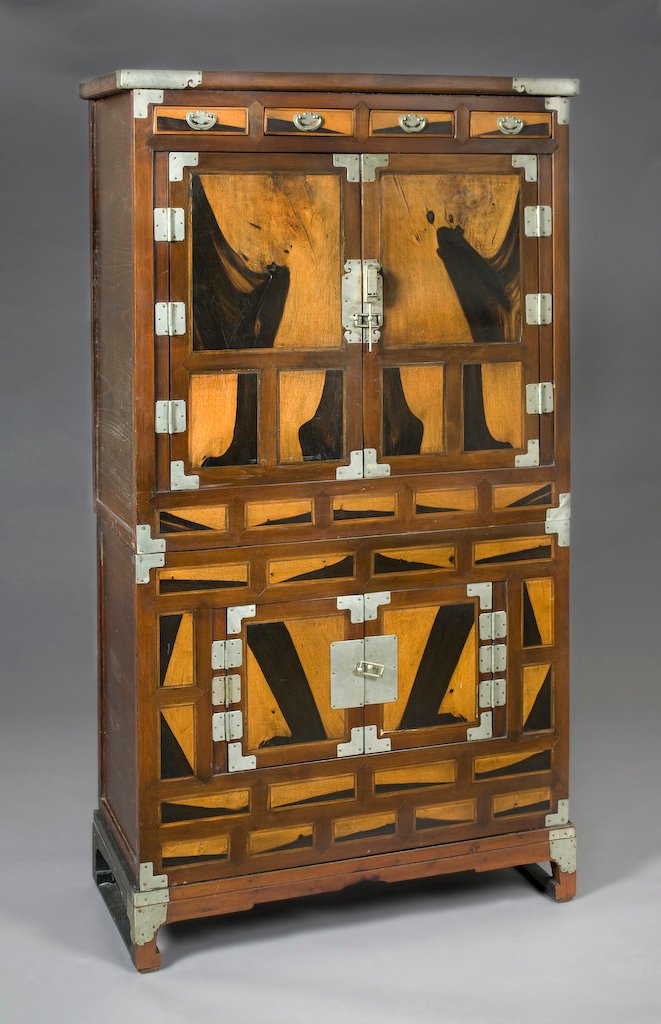
H. 170cm, W. 94cm, D. 42cm. Date 20th century.
Collection: Weisman Art Museum, Minneapolis, USA.

H. 153,9cm, W. 111cm, D. 46,4cm.
Collection: Seoul Museum of History.
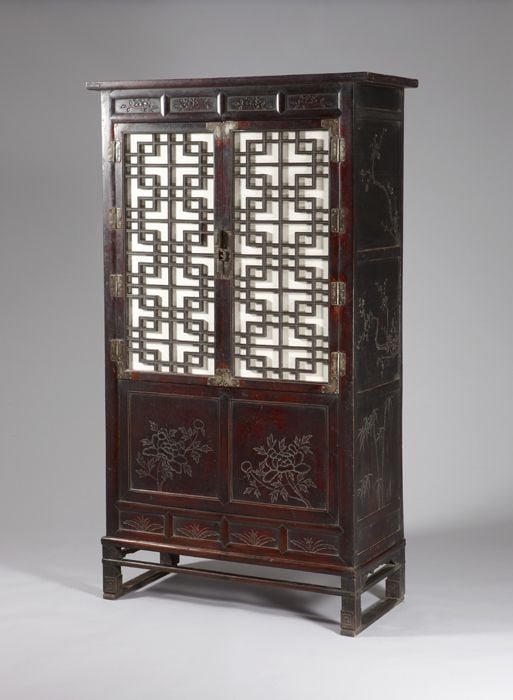
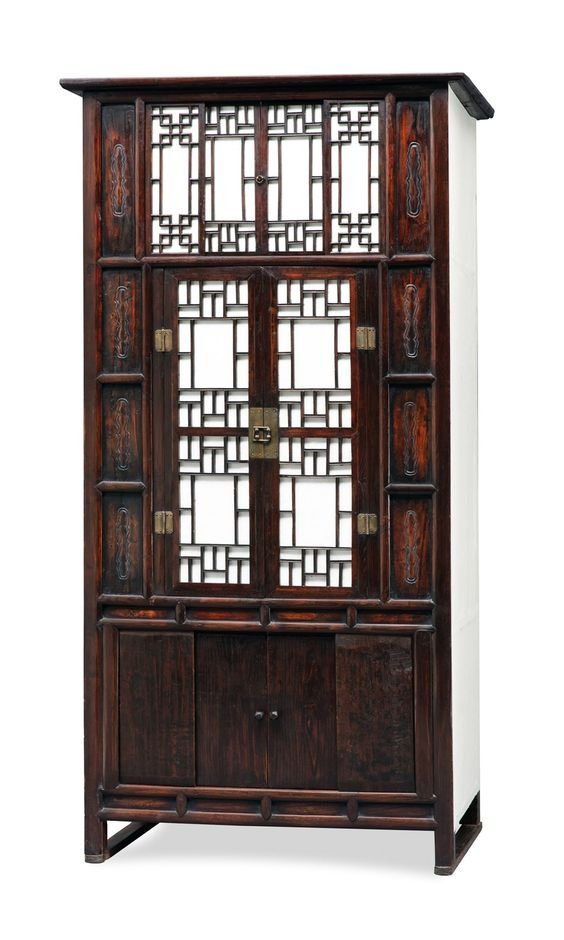

Collection: National Folk Museum of Korea.
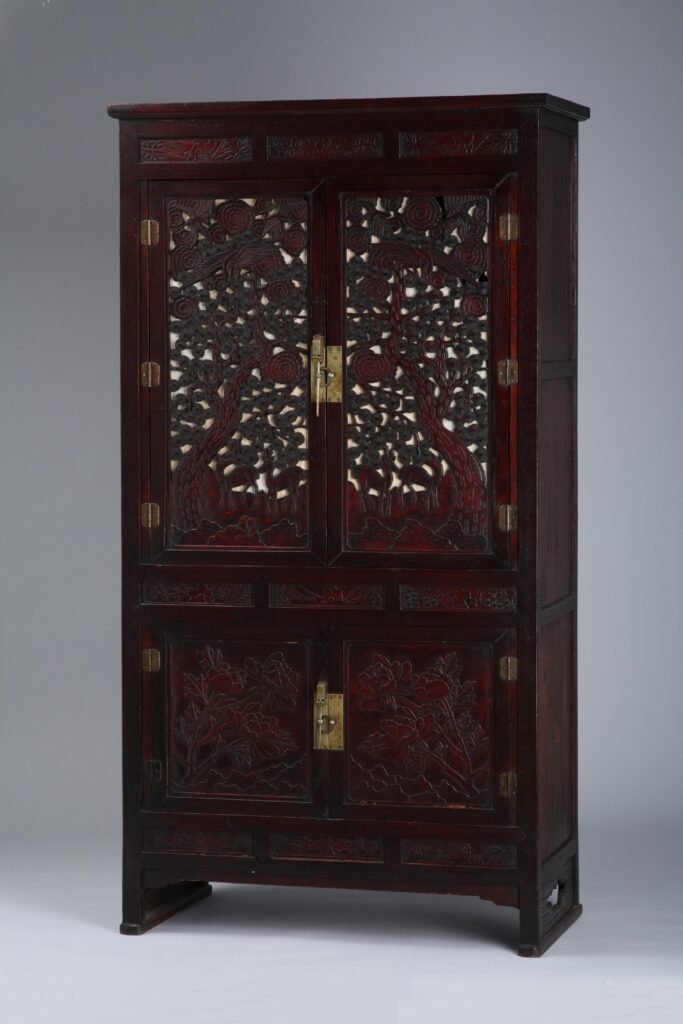

Collection: National Museum of Korea.
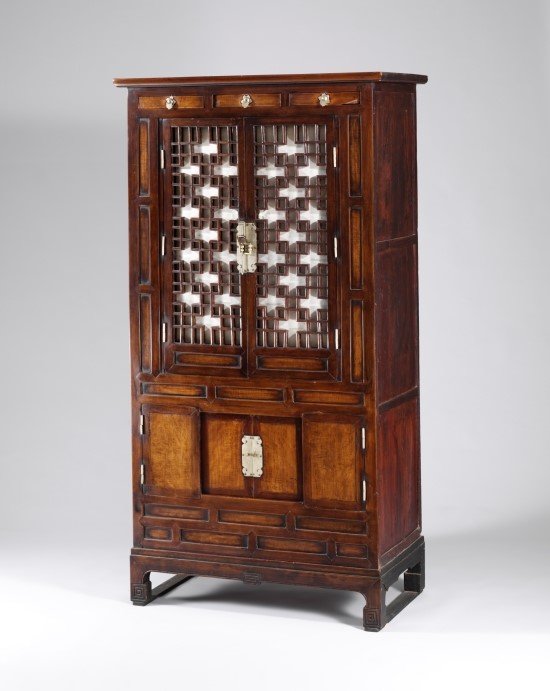
Collection: National Museum of Korea.
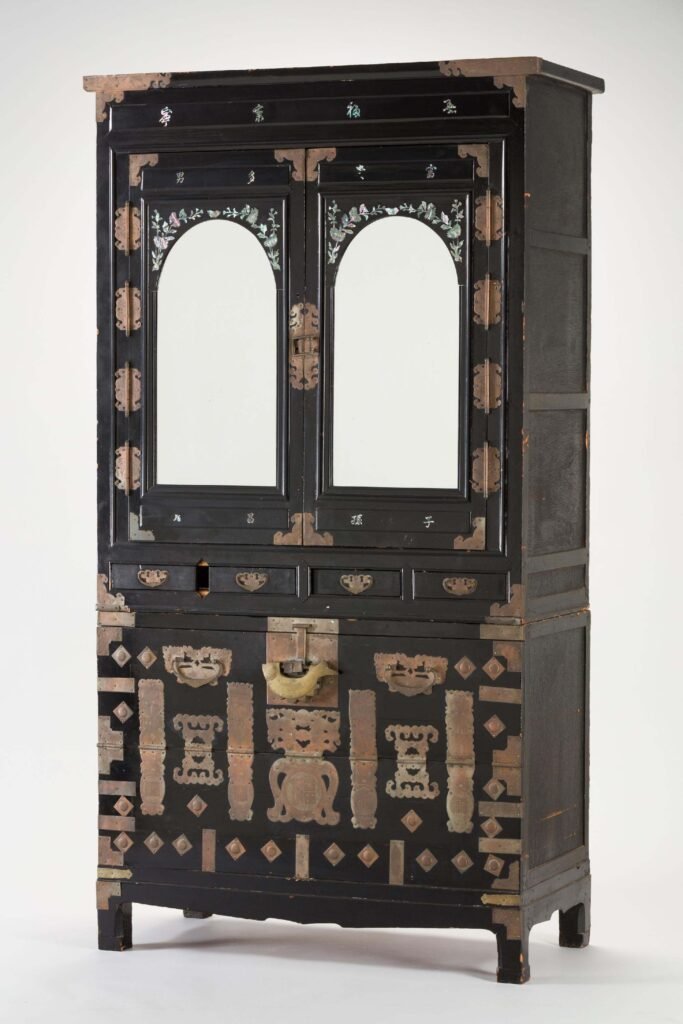
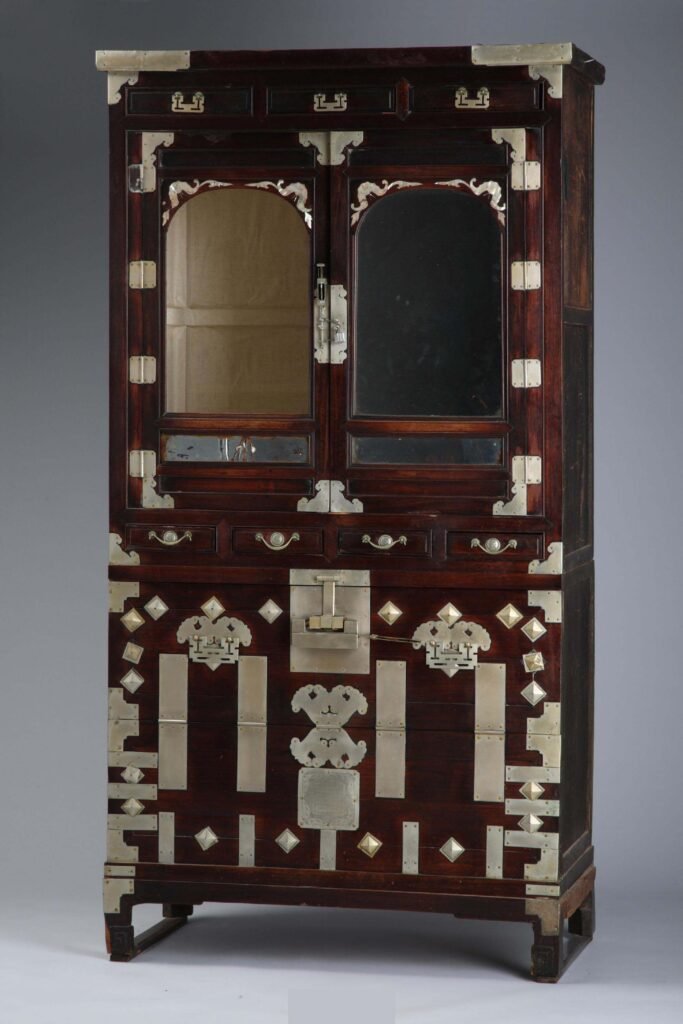
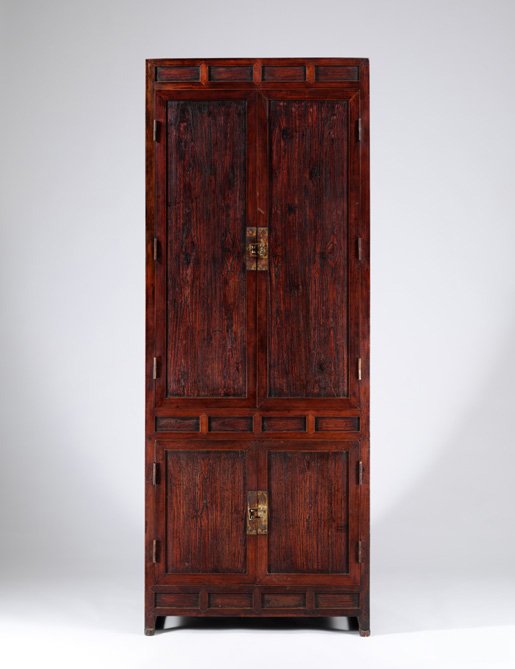
H. 181,5cm, W. 71cm, D. 45,2cm. Paulownia wood, yellow brass fittings.
Collection: National Museum of Korea.
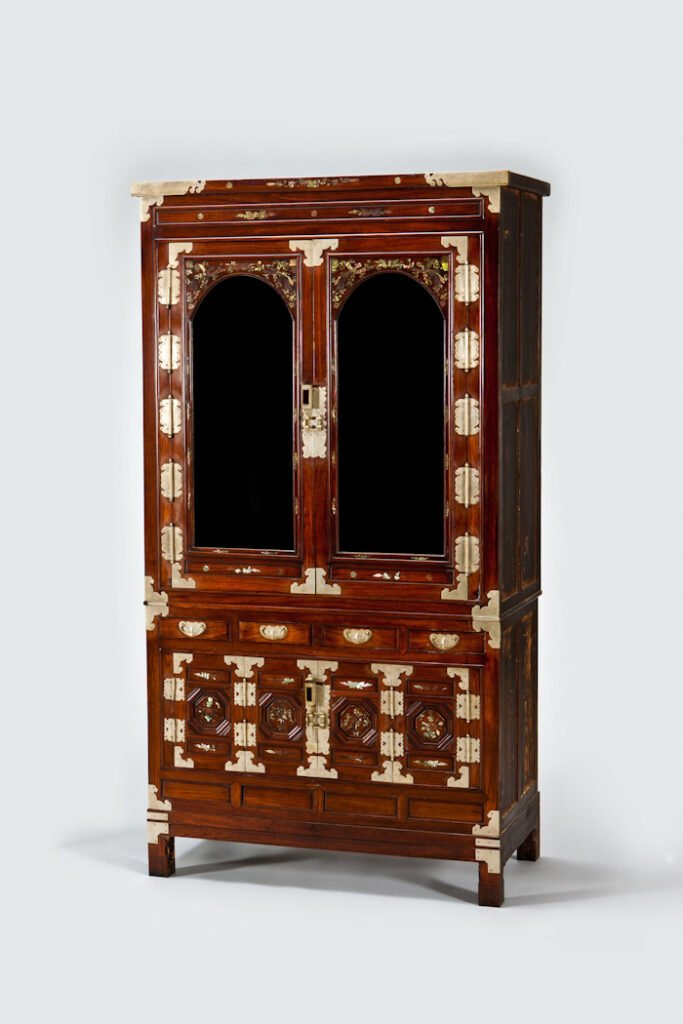
Elm & paulownia wood, white brass fittings.
Early 20th century. H. 187cm, W. 101,7cm, D. 49cm.
Collection: National Museum of Korea
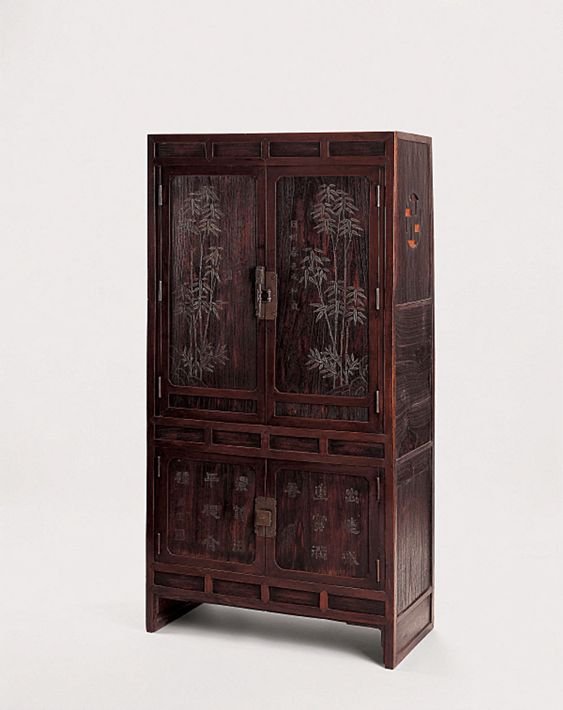
19th century. H. 162, W. 84cm, D. 40cm.
Collection: Gyeonggi Provincial Museum.
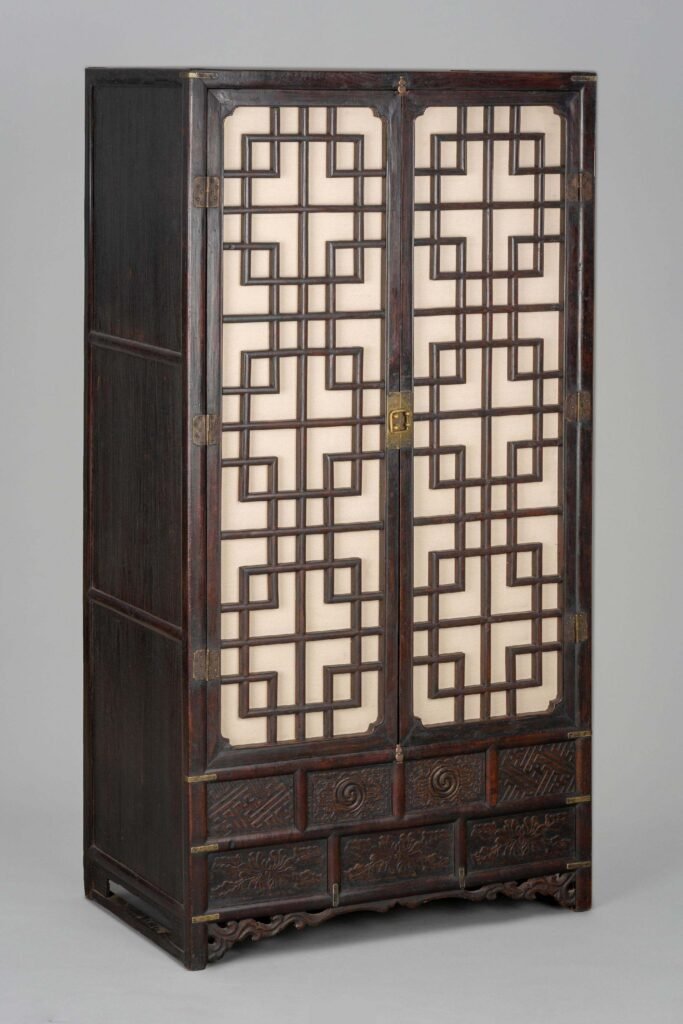
Collection: National Folk Museum of Korea.
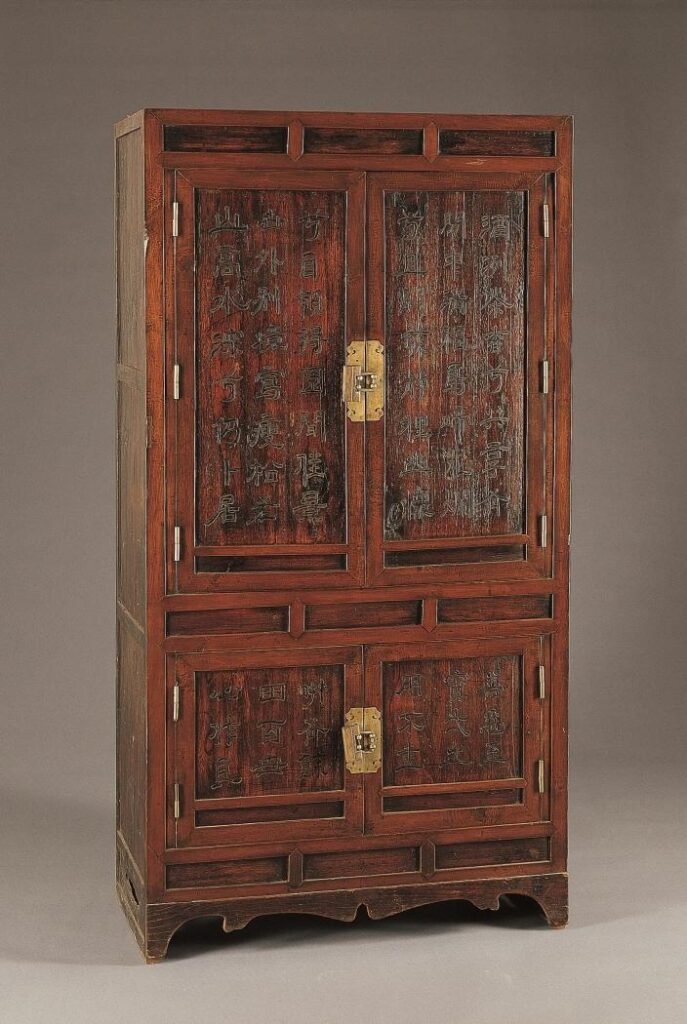
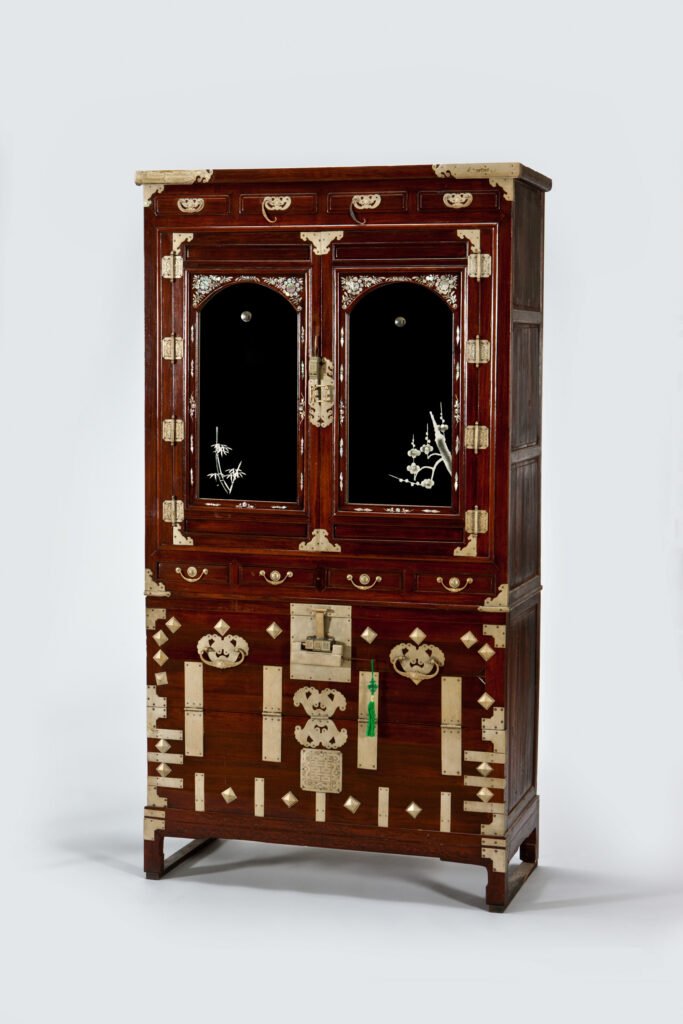
H. 190,7cm, W. 99cm, D. 46,3cm.
Collection: National Museum of Korea.
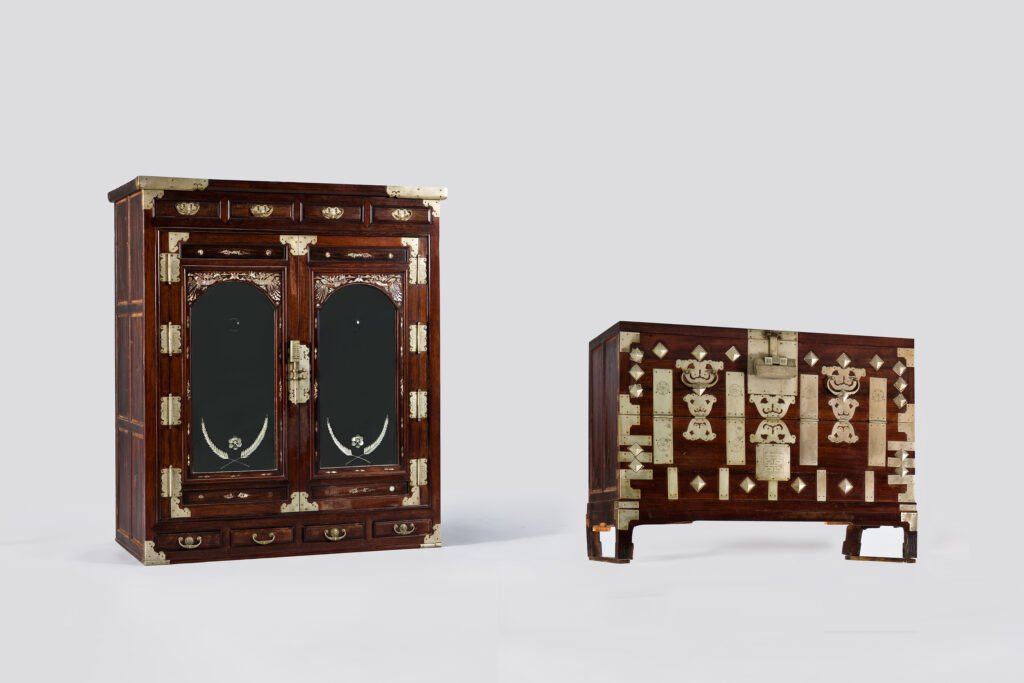
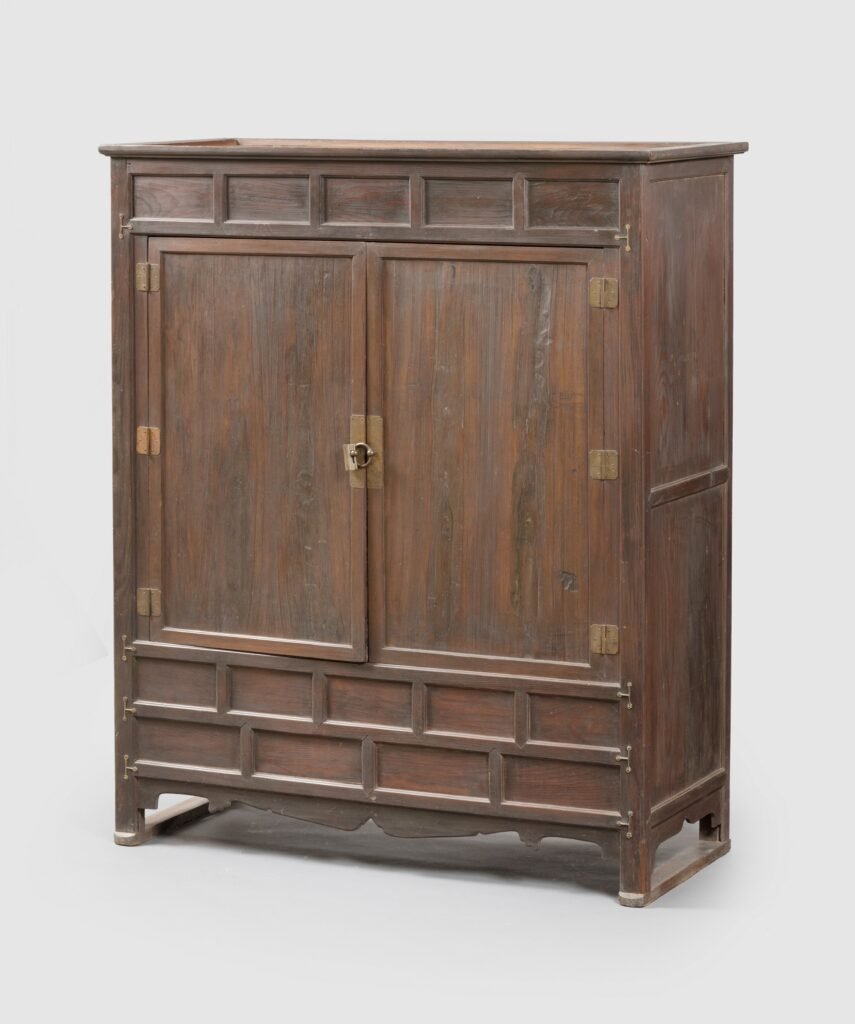
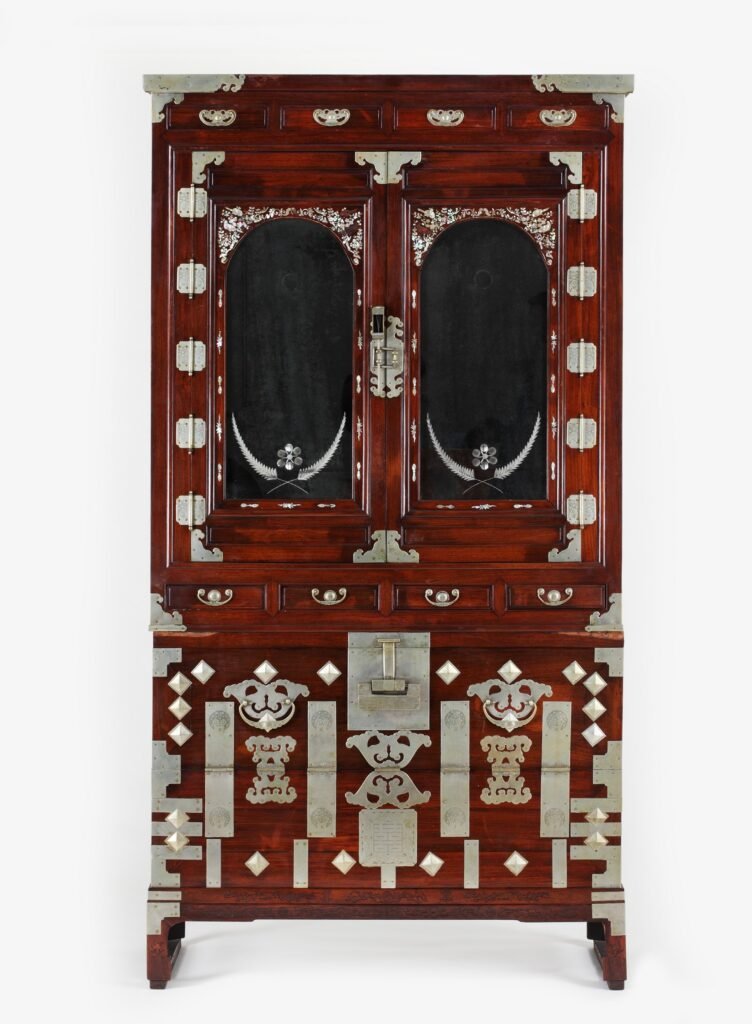
Collection: Gyeonggi provincial Museum.
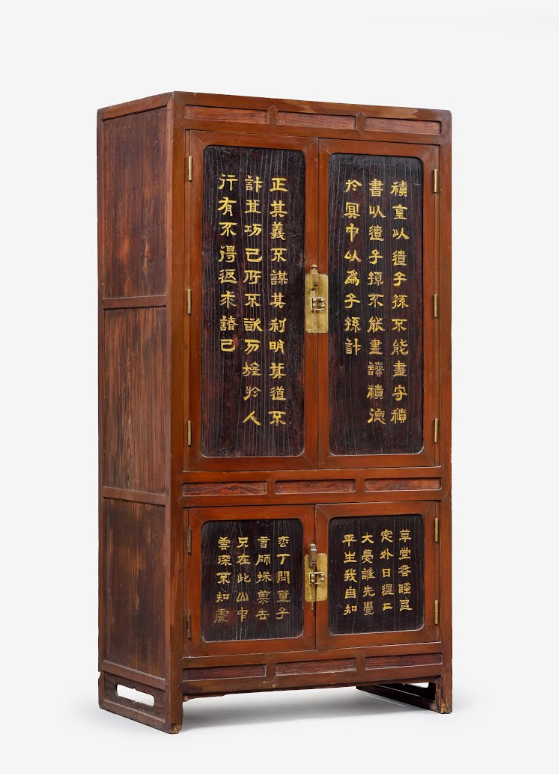
Collection: Ewha Womans University Museum, Seoul.


[…] “Uigori jang“, a wardrobe designed for hanging clothes, only emerged in the late 19th century. Initially […]